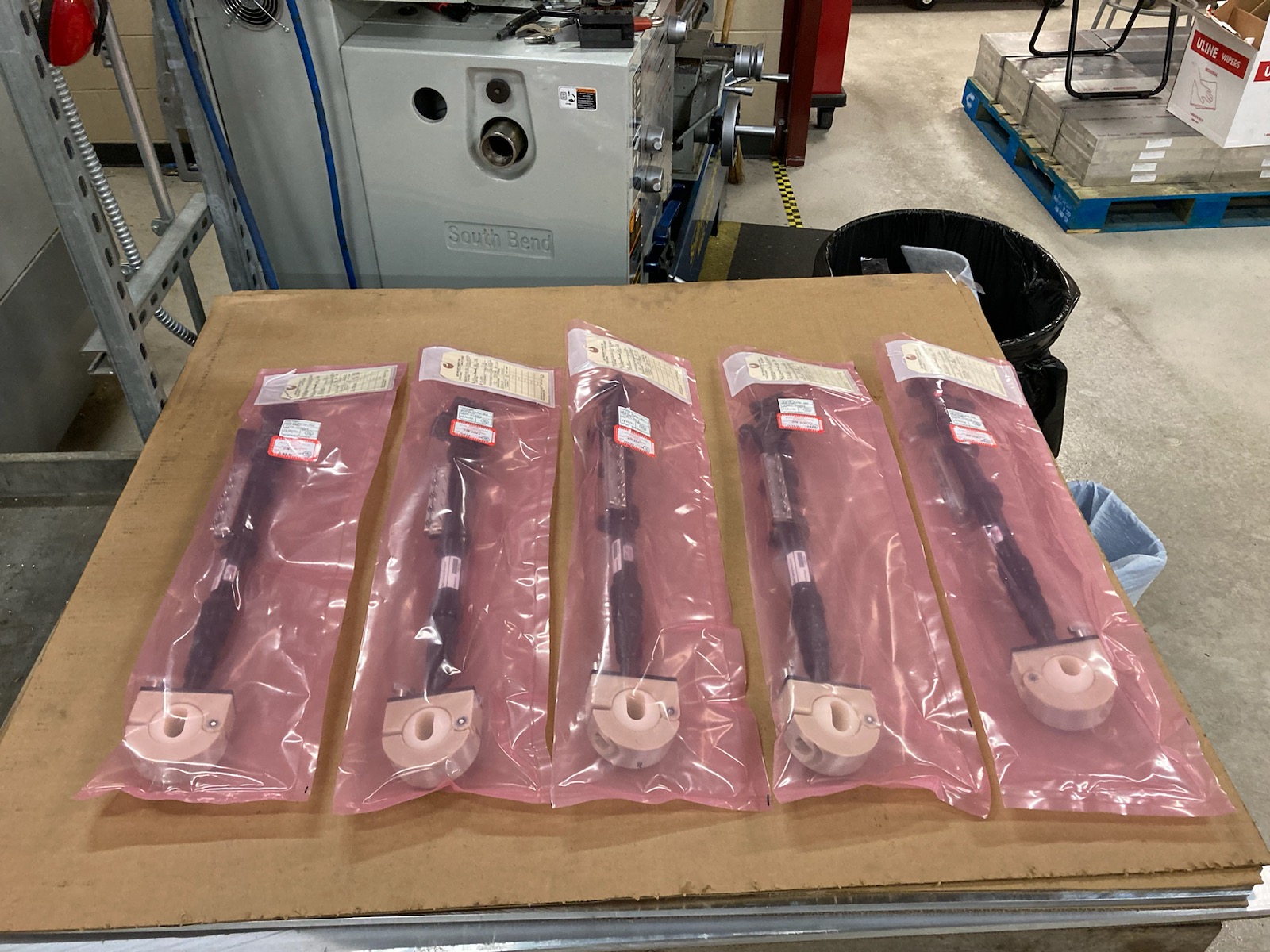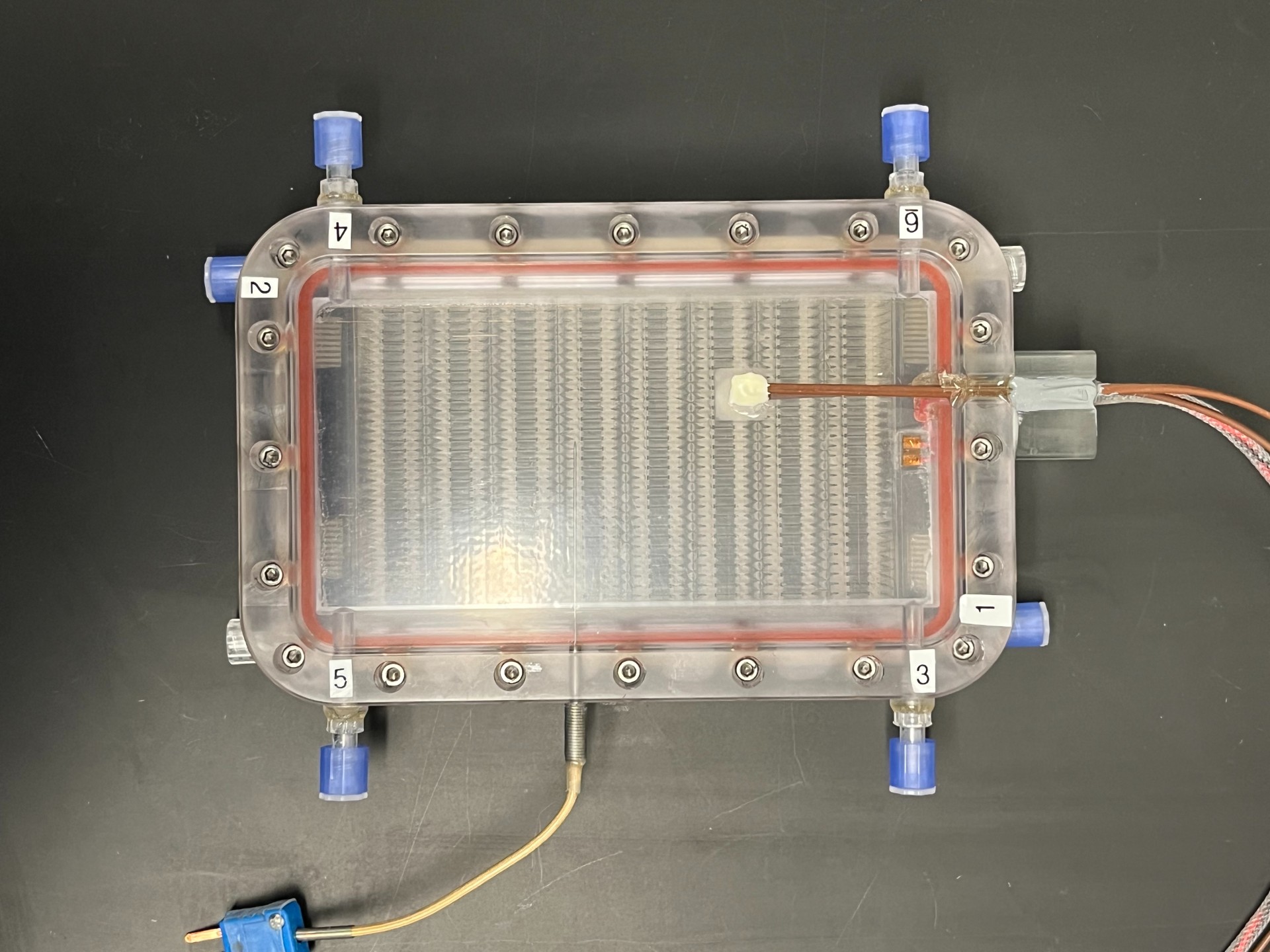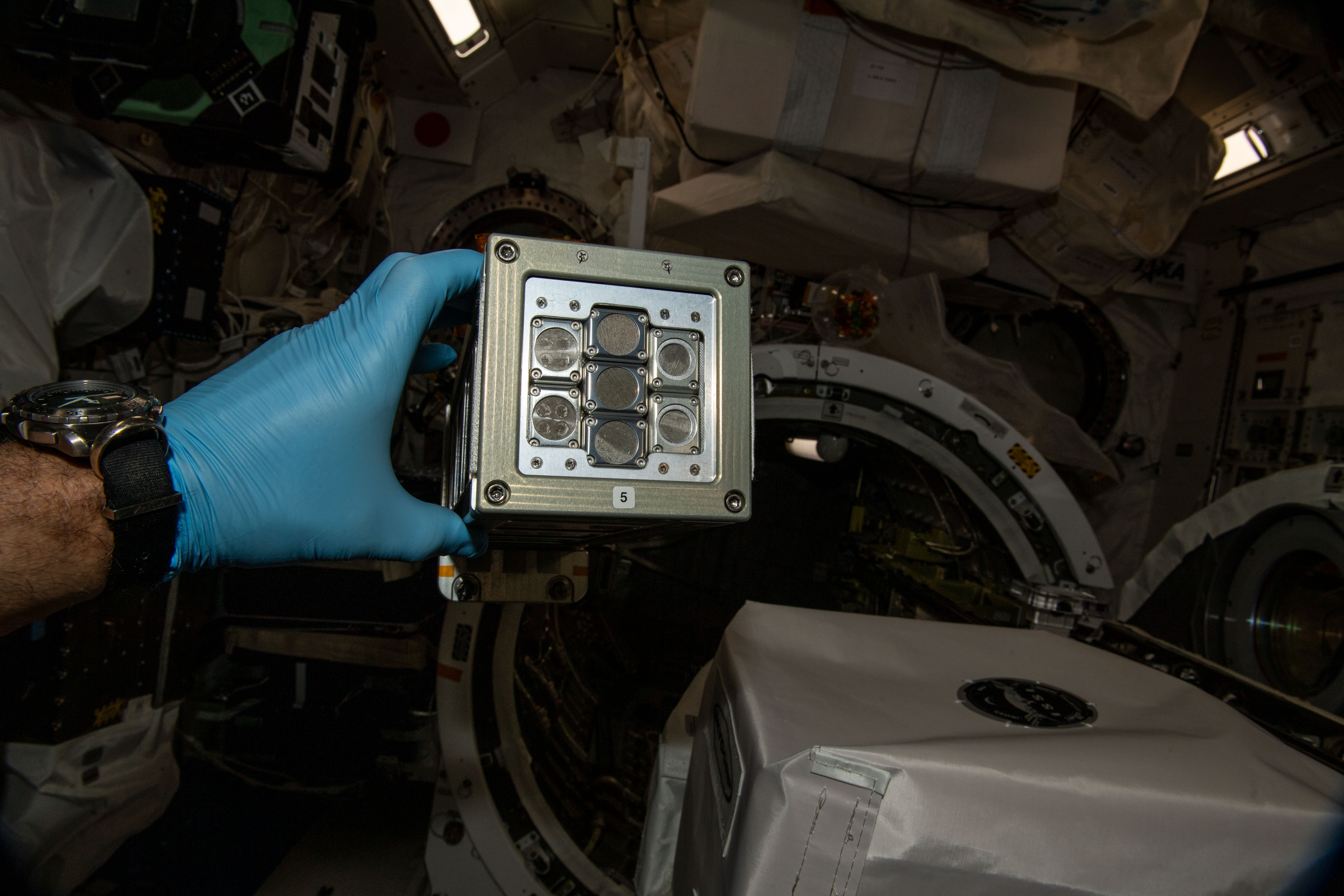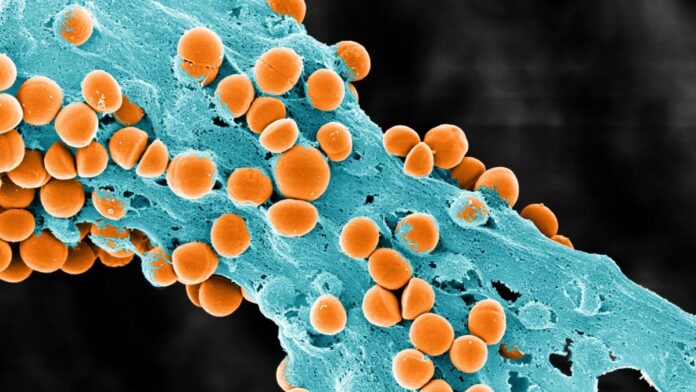A new round of scientific experimentation is set to begin in the microgravity environment of the International Space Station.
For its 27th commercial resupply mission (CRS-27), SpaceX delivered a fresh round of science and cargo to the International Space Station (ISS). The mission saw a SpaceX Cargo Dragon launch on Tuesday (March 14) at 8:30 p.m. EDT (0030 GMT on March 15) atop a Falcon 9 rocket from Launch Complex-39A at NASA’s Kennedy Space Center in Florida.
CRS-27 is carrying thousands of pounds of research, maintenance supplies and crew necessities to Expedition 69 crew members aboard the ISS. The space-bound experiments include: Two tissue chip studies; a high schooler-built camera hardware demonstration; an investigation into more efficient carbon dioxide absorption; a study examining different antimicrobial surfaces; and an experiment that could potentially shed light on the origins of life on Earth.
Related: SpaceX Crew-6 astronauts will answer ‘burning questions’ with space station science
About the size of a large thumb drive, tissue chips contain living segments of engineered heart tissue suspended in a 3D matrix that can used to test responses to various stimuli in microgravity such as drugs, genetic changes and other stress factors. The final two tissue chips are part of an ongoing program between the National Center for Translational Sciences and the ISS National Lab and will be used in the Cardinal Heart 2.0 and Engineered Heart Tissues-2 research studies.
According to NASA, the predecessor to the first of those experiments affirmed hypotheses that microgravity can have a detrimental effect on heart tissue. Cardinal Heart 2.0 provides researchers an opportunity to test the heart tissue’s response to preventative drugs in space, which will possibly be able to treat other heart conditions for people back on Earth.
Engineered Heart Tissues-2 will also test therapies to prevent the negative effects of microgravity on the heart. This experiment looks further into the similarities between the cardiovascular system response in low Earth orbit (LEO) and terrestrial age-related heart diseases. Researchers hope these findings will lead to ways of preventing that type of decay before it starts.
From the High School Students United with NASA to Create Hardware (HUNCH) program comes the HUNCH Ball Clamp Monopod (opens in new tab). Students from Texas high schools, Cypress Woods, Clear Creek and Conroe were able to contribute to the monopod which will test a platform for stabilizing tracking cameras inside the ISS. Once aboard, the monopods will attach to handrails and be used for video and photography inside the station, as well as ground tracking from orbit. HUNCH students also hope the technology will have practical applications for photography on Earth.

Carbon Dioxide scrubbers, which help recycle breathable air aboard the space station and other in-space habitats, are some of the most maintenance-heavy equipment aboard the ISS. CapiSorb Visible System (CVS) aims to reduce that burden by researching capillary forces’ usefulness in manipulating carbon dioxide-absorbing liquids.
In a NASA statement (opens in new tab), co-investigator Grace Belancik explains, that “Using liquid sorbents to capture carbon dioxide works great on Earth, but in microgravity, it’s a challenge,” adding, “[CapiSorb’s] geometry provides liquid control and passive transport in microgravity in the form of a continuous liquid flow loop.” Belancik and other scientists hope to use data from the CapiSorb experiment to help develop carbon dioxide removal systems for future moon and Mars missions such as those planned under NASA’s Artemis program.

In another study with potential impacts on future interplanetary missions, the European Space Agency (ESA) is conducting an investigation to minimize microbial contamination inside spacecraft and other in-space habitats. The Banishing Biofilms experiment is an ongoing study from the ESA into the growth of microorganisms called biofilms on various types of metal surfaces.
Per NASA’s statement, “Principal investigator Ralf Möller notes that microbial contamination is inevitable on crewed space missions since microorganisms are an integral part of a healthy human body.” The Banishing Biofilms study will test three different species of bacteria on three different types of metal surfaces. By investigating how these biofilms grow and interact in low Earth orbit, scientists and engineers hope to gain a better understanding of how to minimize microbial contamination in orbit through the optimized use of specific antimicrobial materials.
The Tanpopo-5 experiment from the Japan Aerospace Exploration Agency (JAXA) is also stowed aboard CRS-27. Tanpopo-5 comes on the tail of four predecessor experiments to study the responses of radiation-resistant microbes, moss spores and amino acid compounds to exposure to space. Some hypotheses for the origin of life on Earth involve amino acid transmission from a meteorite impact, and recording the response of those amino acids to the cosmic ultraviolet radiation of space could better inform those ideas.

“Today, Earth’s ozone layer shields much of the ultraviolet radiation, but the space environment can be considered a model for primitive Earth,” said Principal Investigator Hajime Mita, Fukuoka Institute of Technology in the NASA statement. Researchers hope Tanpopo-5 data will better inform mitigative strategies for human contamination during missions to the moon and Mars.
SpaceX’s CRS-27 Crew Dragon arrived at the ISS at 7:52 a.m. EDT on Thursday (March 16), and will dock to the forward port of the station’s Harmony module. Dragon is scheduled to remain docked for about a month before returning to Earth via parachute splashdown off the coast of Florida, carrying more research and other return cargo.
Follow us @Spacedotcom (opens in new tab), or on Facebook (opens in new tab) and Instagram (opens in new tab).

